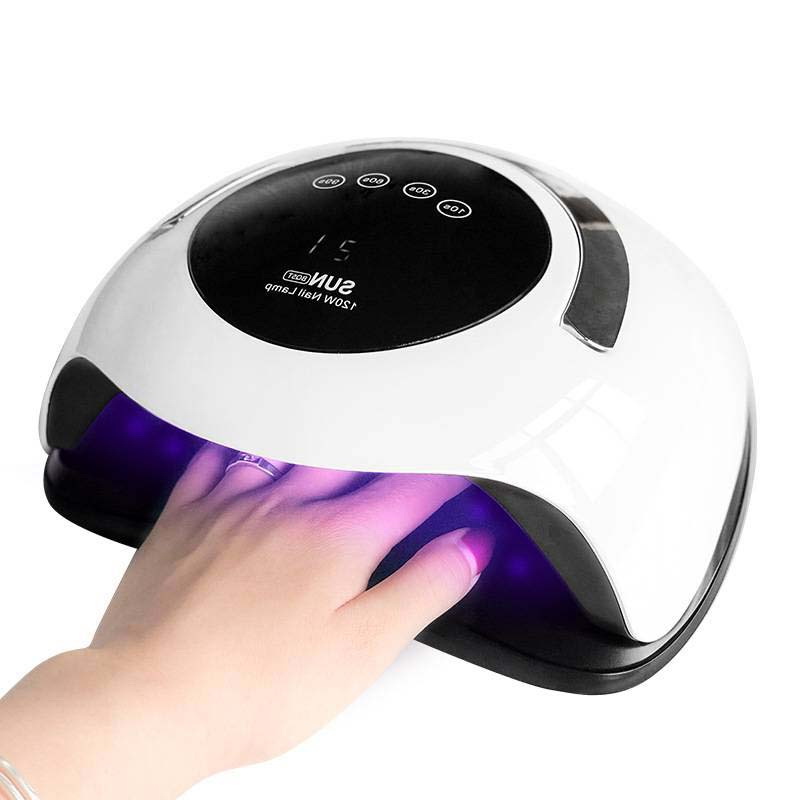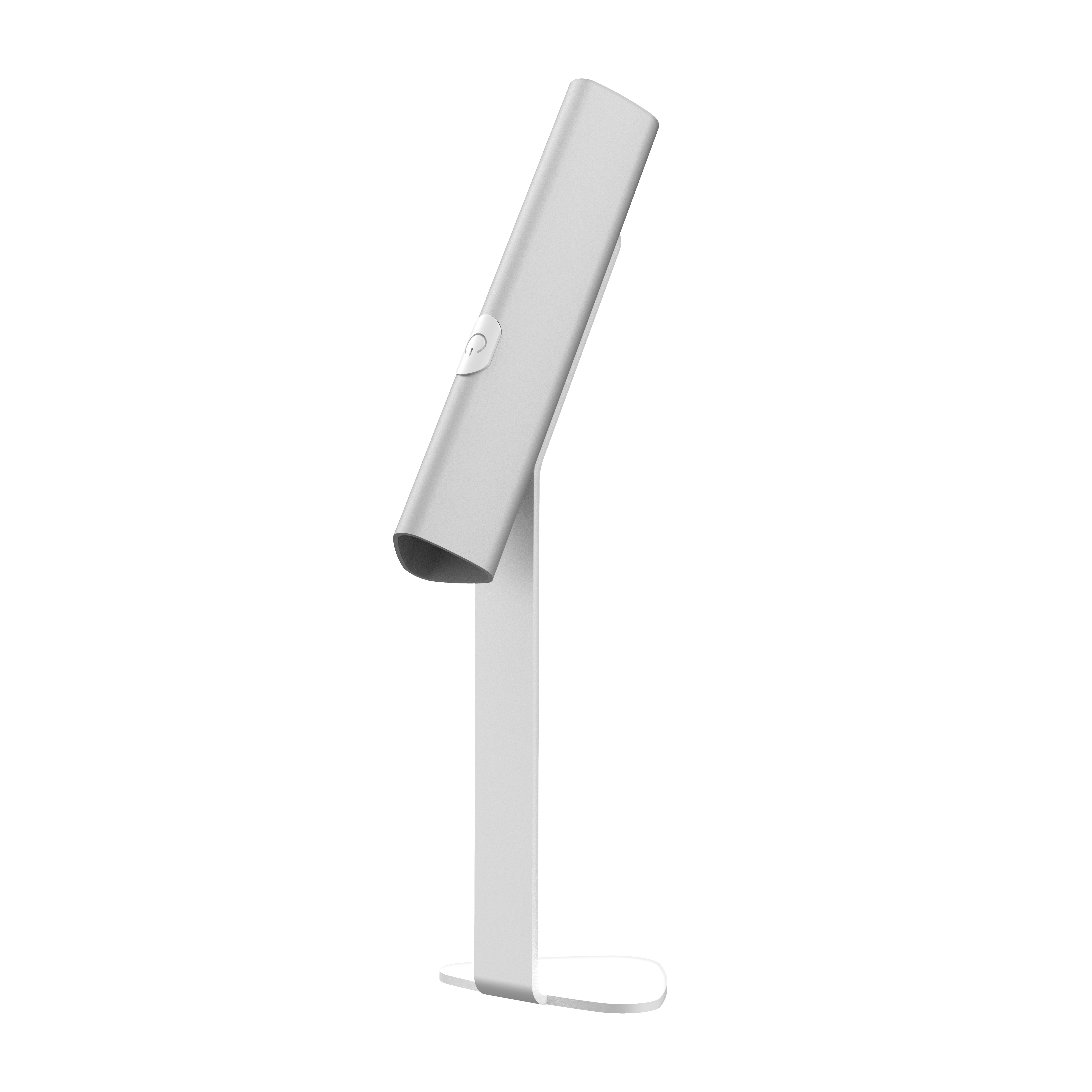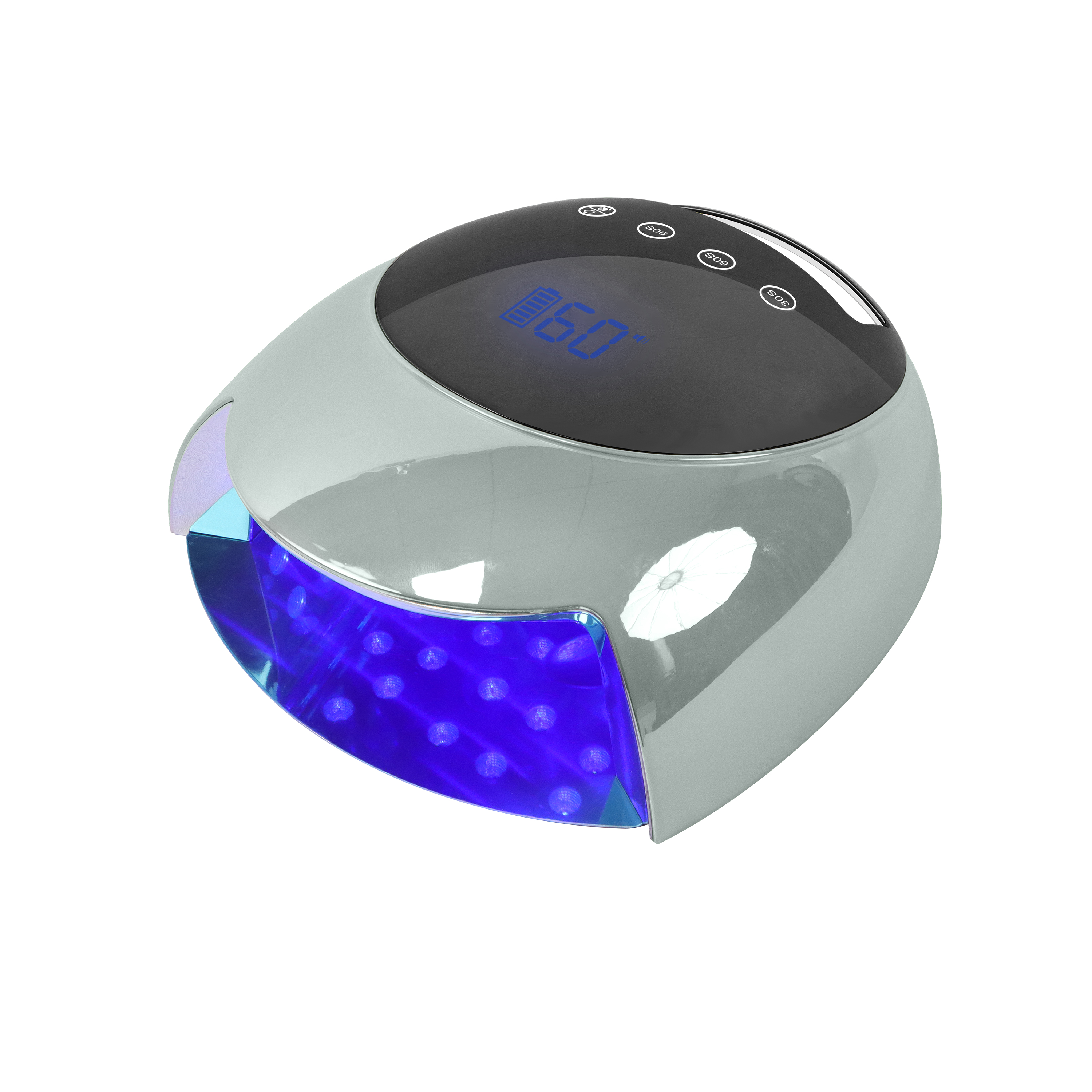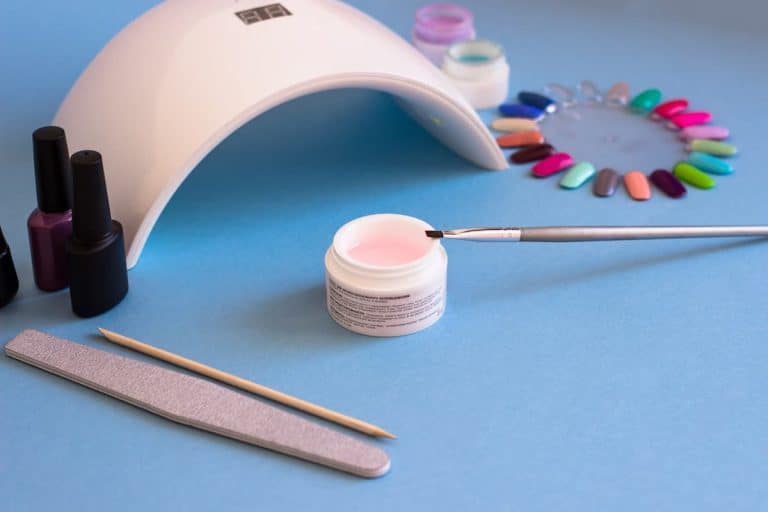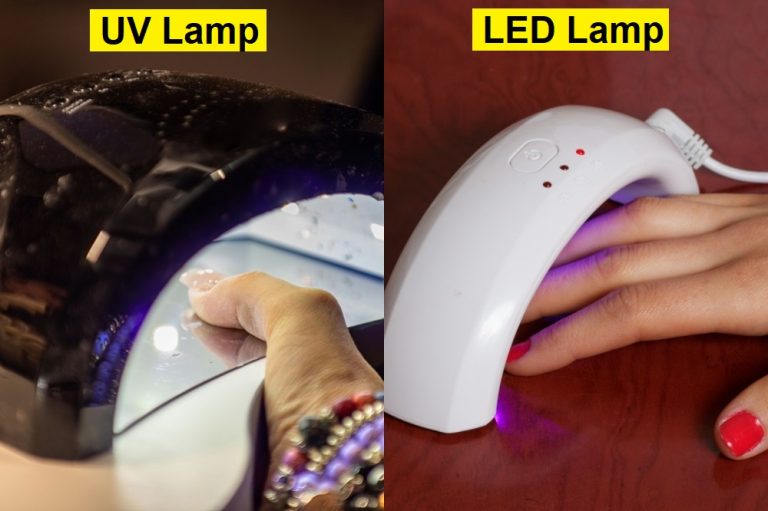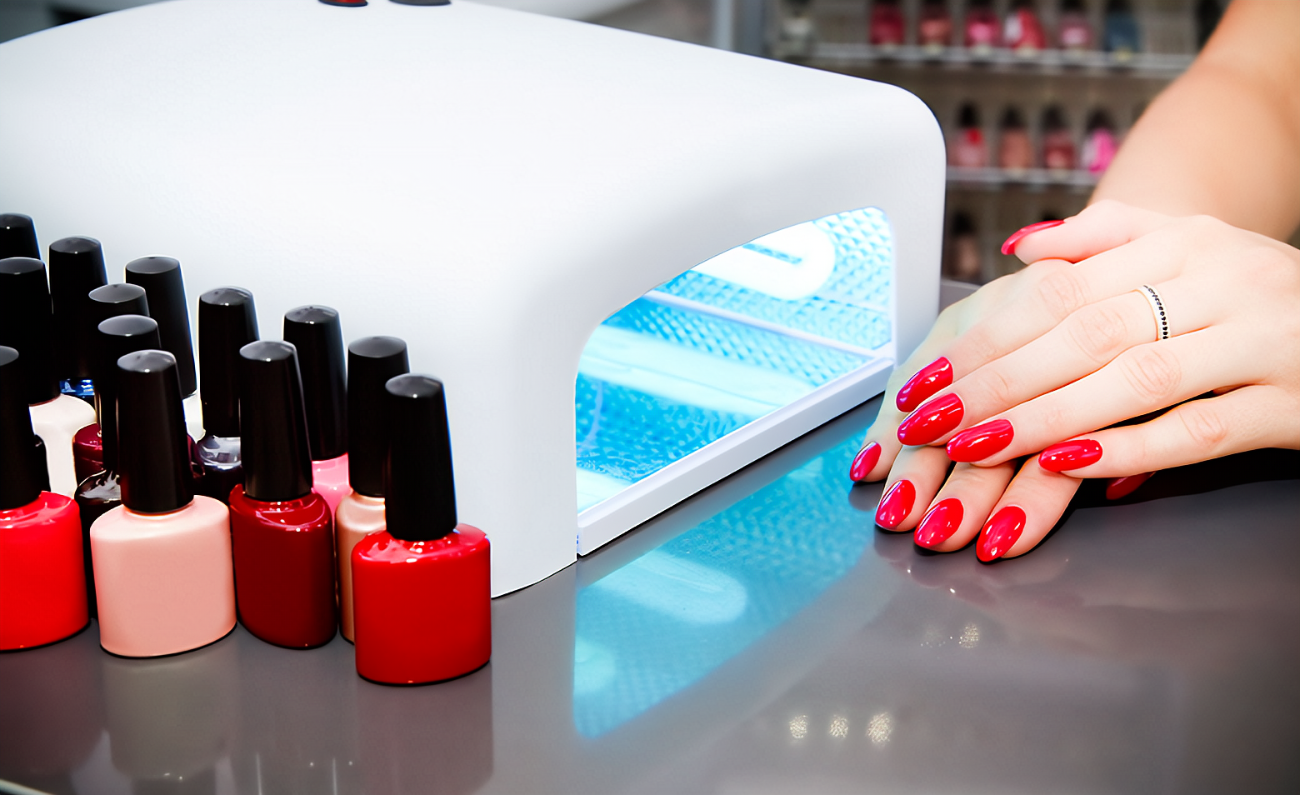The popularity of LED nail lamps has soared in recent years, revolutionizing the nail care industry. These lamps offer convenience, efficiency, and long-lasting results, making them a favorite among nail enthusiasts. However, alongside their rise in popularity, concerns have emerged regarding the potential link between LED nail lamps and cancer. In this article, we aim to address these concerns and provide a comprehensive understanding of whether LED nail lamps can indeed cause cancer.
With the increasing number of individuals embracing LED nail lamps for their manicures and pedicures, it’s crucial to explore the facts and separate them from misconceptions. In this article, we will delve into the science, examine reputable studies, and consult experts to shed light on the potential cancer risks associated with LED nail lamps. By the end of this article, you will be equipped with accurate information to make informed decisions regarding your nail care routine.
Let’s begin our journey to uncover the truth about LED nail lamps and their possible implications for cancer risk.
What are LED Nail Lamps?
LED nail lamps have become a staple in the world of nail care and design. Understanding their working principles, usage methods, and common applications is essential to grasp their potential impact on health.
Working Principles: LED nail lamps utilize light-emitting diodes (LEDs) to emit specific wavelengths of light. These lamps produce light in the visible spectrum, often targeting the range of 365-405 nanometers, which is known as the UV-A range.
Usage Methods: To use an LED nail lamp, individuals apply UV-curable gel nail polish onto their nails and then place their hands or feet under the lamp. The LED bulbs emit light, causing the gel polish to cure or harden, resulting in long-lasting, chip-resistant nails.
Common Applications: LED nail lamps are widely used in professional salons and by nail enthusiasts at home. They offer advantages such as quick curing times, energy efficiency, and durability compared to traditional UV lamps. LED nail lamps are especially popular for gel polish manicures and pedicures.
By understanding the basics of LED nail lamps, individuals can gain insights into how these devices function and how they may relate to the question of cancer risk. In the subsequent sections, we will delve deeper into the potential health implications and explore whether LED nail lamps can cause cancer.
Types of Radiation from LED Nail Lamps
Understanding the types of radiation emitted by LED nail lamps and their role in the manicure process is crucial when assessing their potential impact on health.
UV Radiation: LED nail lamps primarily emit ultraviolet (UV) radiation in the UV-A range, which falls within the 365-405 nanometer wavelength. It’s important to note that the intensity of UV radiation emitted by LED lamps is generally lower compared to traditional UV lamps used in tanning beds or for curing acrylic nails.
Visible Light Radiation: In addition to UV radiation, LED nail lamps also emit visible light. This light is in the range of 400-700 nanometers and is responsible for illuminating the nails during the curing process.
Role in Manicure Process: UV radiation is a critical component in the gel polish curing process. The UV-A wavelengths activate specific chemicals in the gel polish, initiating a chemical reaction that causes the polish to harden or cure. The visible light emitted by LED lamps serves to provide proper illumination and ensures even curing of the gel polish.
By familiarizing ourselves with the types of radiation emitted by LED nail lamps and their functions in the manicure process, we can now explore the potential health implications of these devices and whether they can cause cancer. The following sections will delve deeper into scientific research, expert opinions, and safety considerations related to LED nail lamps and their potential cancer risks.
LED Nail Lamps and UV Radiation
In this section, we will explore the differences in radiation between LED nail lamps and traditional UV lamps, shedding light on why LED nail lamps are generally considered safer in terms of UV exposure.
Radiation Differences: LED nail lamps primarily emit UV-A radiation, which has longer wavelengths compared to UV-B and UV-C radiation. Traditional UV lamps, on the other hand, emit a broader spectrum of UV radiation, including UV-B and UV-C wavelengths. UV-C radiation is known to have higher energy and greater potential for harmful effects.
Lower UV Intensity: LED nail lamps typically emit lower levels of UV radiation compared to traditional UV lamps. While prolonged and excessive exposure to UV radiation can pose health risks, the reduced UV intensity of LED lamps, combined with shorter curing times, helps minimize potential harm.
Shorter Exposure Times: LED nail lamps offer faster curing times, resulting in shorter exposure periods to UV radiation. This reduced exposure time further contributes to the perception of LED nail lamps as a safer alternative.
Protective Measures: To enhance safety, individuals can adopt additional protective measures, such as applying broad-spectrum sunscreen with high SPF on exposed skin or using UV-blocking gloves during the manicure process. These precautions help mitigate any potential risks associated with UV exposure.
By understanding the differences in radiation between LED nail lamps and traditional UV lamps, we can begin to address concerns about the potential cancer risks of LED nail lamps. In the following sections, we will delve deeper into scientific research, expert opinions, and safety guidelines to provide a comprehensive assessment of the situation.
Scientific Research and Expert Opinions
In this section, we will explore the existing scientific research and expert opinions to address whether there is any evidence suggesting that LED nail lamps can cause cancer.
Reputable Studies: Numerous scientific studies have investigated the potential health risks associated with UV exposure from nail lamps. These studies have generally found that the UV radiation emitted by LED nail lamps falls within safe limits and does not pose a significant cancer risk when used as directed.
Expert Opinions: Experts in the field of dermatology and photobiology have weighed in on the topic of LED nail lamps and cancer risk. Many experts agree that the low levels of UV radiation emitted by LED lamps, coupled with their shorter exposure times, make them unlikely to cause cancer. However, they emphasize the importance of following proper usage guidelines and taking necessary precautions to minimize any potential risks.
Safety Regulations: Regulatory bodies, such as the U.S. Food and Drug Administration (FDA) and the European Union’s Scientific Committee on Consumer Safety (SCCS), have established safety standards for LED nail lamps. These standards ensure that the devices meet specific criteria to protect users from excessive UV exposure and minimize potential health risks.
While it’s essential to stay informed about the latest research and expert opinions, it is reassuring to note that current scientific evidence and expert consensus suggest that LED nail lamps, when used as directed, do not appear to be a significant cause of cancer. However, it’s crucial to exercise caution, follow recommended safety guidelines, and consult with professionals when in doubt.
In the following sections, we will further explore safety considerations, usage recommendations, and potential alternatives to address any remaining concerns.
Safety Recommendations for Using LED Nail Lamps
In this section, we will provide essential safety recommendations for using LED nail lamps. Following these guidelines can help ensure a safe and enjoyable nail care experience while minimizing any potential risks.
1. Follow Manufacturer’s Instructions: Always read and adhere to the manufacturer’s instructions for your specific LED nail lamp model. This includes guidelines on usage, recommended exposure times, and any additional safety precautions.
2. Control Exposure Time: Limit your exposure time to LED nail lamps by following the recommended curing times provided by the gel polish manufacturer. Avoid unnecessary or prolonged exposure to UV radiation.
3. Protect Exposed Skin: Apply a broad-spectrum sunscreen with a high sun protection factor (SPF) to any exposed skin, such as your hands and fingers, before using an LED nail lamp. This provides an additional layer of protection against UV radiation.
4. Consider UV-Blocking Gloves: If you have heightened sensitivity or concerns about UV exposure, consider using UV-blocking gloves specifically designed for nail treatments. These gloves protect your hands from UV radiation while allowing your nails to cure under the LED lamp.
5. Monitor Skin Sensitivity: Pay attention to any skin reactions or sensitivities while using LED nail lamps. If you notice any adverse effects, such as redness, irritation, or itching, discontinue use and consult a healthcare professional.
6. Regular Skin Checks: Perform regular self-examinations of your skin to monitor for any changes or unusual spots. If you notice any persistent or concerning skin abnormalities, seek professional medical advice promptly.
By following these safety recommendations, you can enhance your protection and minimize potential risks associated with using LED nail lamps. It’s essential to prioritize your well-being and take proactive steps to ensure a safe and enjoyable nail care routine.
In the following sections, we will further explore other potential beauty hazards and discuss the importance of adhering to safety standards and certifications for LED nail lamps.
Other Potential Nail Care Hazards
In addition to LED nail lamps, there are other potential factors that may impact the health of both nail technicians and consumers. It is important to be aware of these hazards to maintain a safe and healthy nail care environment.
1. Chemical Exposure: Nail technicians and consumers may be exposed to various chemicals present in nail products, such as acrylics, gels, and polishes. Prolonged or excessive exposure to these chemicals, along with poor ventilation, can lead to respiratory issues, skin irritation, or allergies. It is crucial to use products in well-ventilated areas and follow safety guidelines provided by manufacturers.
2. Incorrect Application or Removal: Improper application or removal of nail products can cause damage to the nails, cuticles, and surrounding skin. Using excessive force or improper techniques during nail preparation or removal can lead to injuries, infections, or other nail-related problems. It is recommended to seek professional training or consult with a nail technician for proper application and removal procedures.
3. Allergic Reactions: Some individuals may be allergic to certain ingredients commonly found in nail products. Allergic reactions can manifest as redness, itching, swelling, or other skin irritations. It is essential to be aware of personal sensitivities and read product labels carefully to avoid potential allergens.
4. Sanitation and Hygiene: Maintaining proper sanitation and hygiene practices is crucial in nail care settings. Failure to follow appropriate sterilization procedures, such as cleaning and disinfecting tools and surfaces, can lead to the spread of infections and diseases. Nail technicians should adhere to strict sanitation protocols to ensure the safety of both themselves and their clients.
By being aware of these potential hazards and taking necessary precautions, nail technicians and consumers can promote a safer nail care experience. Following best practices, seeking professional guidance, and prioritizing hygiene can help minimize the risks associated with nail care procedures.
In the following sections, we will discuss the certification standards for LED nail lamps and highlight the importance of choosing products that meet industry regulations.
Understanding Certification Standards for Nail Lamps
In this section, we will provide an overview of the certification standards for LED nail lamps, including relevant international and regional certification organizations and standards. Understanding these certifications can help ensure the quality and safety of the nail lamps used in the industry.
International Certification Organizations:
- FDA Certification: The U.S. Food and Drug Administration (FDA) regulates cosmetic devices, including nail lamps, in the United States. FDA certification ensures that the products meet specific safety requirements and quality standards.
- CE Marking: The CE marking is a certification that indicates compliance with European Union (EU) health, safety, and environmental protection standards. LED nail lamps that bear the CE marking have met the necessary requirements for sale and use within the EU.
Regional Certification Organizations:
- UL Certification: Underwriters Laboratories (UL) is a certification organization that provides safety certification services for various products. UL certification ensures that the nail lamps meet safety standards and guidelines set for specific regions, such as North America.
- CCC Certification: The China Compulsory Certification (CCC) is a mandatory certification system for products sold in China. Nail lamps intended for the Chinese market need to undergo CCC certification to ensure compliance with safety and quality standards.
Additional Standards and Guidelines:
- ISO Standards: The International Organization for Standardization (ISO) has developed standards related to the safety and performance of electrical appliances. Nail lamps may comply with ISO standards, such as ISO 24444, which focuses on the safety requirements of UV nail lamps.
- Safety Guidelines from Industry Associations: Various industry associations, such as the Professional Beauty Association (PBA), provide safety guidelines and best practices for nail technicians and manufacturers. Adhering to these guidelines ensures the use of safe and reliable nail lamp equipment.
By understanding the certification standards and guidelines, both nail technicians and consumers can make informed decisions when selecting LED nail lamps. It is recommended to choose products that comply with recognized certifications and follow safety standards to ensure the best possible nail care experience.
In the following sections, we will conclude our exploration by summarizing the key findings, emphasizing the importance of evidence-based decisions, and providing a final perspective on the potential cancer risks of LED nail lamps.
Dispelling Misconceptions: The Truth about LED Nail Lamps
In this section, we will address any misconceptions surrounding the relationship between LED nail lamps and cancer. By highlighting scientific evidence and expert opinions, we aim to provide a clear understanding of the truth behind this topic.
Scientific Evidence: Extensive scientific research has been conducted to assess the potential health risks of LED nail lamps. The majority of studies indicate that the levels of UV radiation emitted by LED lamps fall within safe limits and are unlikely to cause cancer when used as directed. These studies provide reassuring evidence regarding the safety of LED nail lamps.
Expert Consensus: Experts in the field of dermatology, photobiology, and nail care generally agree that LED nail lamps, when used properly, pose minimal cancer risk. Their consensus is based on the understanding that LED lamps emit lower levels of UV radiation compared to traditional UV lamps, have shorter exposure times, and are subject to safety regulations and certifications. Expert opinions support the notion that the overall risk of cancer from LED nail lamps is low.
Risk Management: While the risk of cancer from LED nail lamps is considered minimal, it’s important to exercise caution and adopt proper safety measures. Following usage guidelines, controlling exposure time, and protecting exposed skin can help further minimize any potential risks. By being informed and taking necessary precautions, individuals can confidently enjoy their nail care routines without undue concern.
Based on the scientific evidence and expert consensus, it is clear that LED nail lamps, when used as directed, do not pose a significant risk of causing cancer. However, maintaining an evidence-based approach and staying updated on new research developments is essential for promoting the continued safety and well-being of both nail technicians and consumers.
In the final section, we will conclude our exploration by summarizing key takeaways, reiterating the importance of safety, and encouraging individuals to make informed decisions based on reliable information.
Conclusion
In conclusion, the evidence and expert opinions overwhelmingly suggest that LED nail lamps do not cause cancer when used as directed. Through a comprehensive exploration of scientific research, we have gained insights into the factors surrounding this topic.
LED nail lamps emit UV-A radiation, but their levels are generally lower compared to traditional UV lamps. The shorter exposure times and improved safety features of LED lamps contribute to their overall safety profile. Reputable studies and expert consensus support the notion that the risk of cancer from LED nail lamps is minimal.
It is important to prioritize safety and follow recommended usage guidelines. Controlling exposure time, protecting exposed skin, and adhering to proper safety measures can further enhance the safe use of LED nail lamps.
As a responsible nail care supplier, iksbeauty encourages individuals to make informed decisions based on scientific evidence. We emphasize the importance of staying updated on research developments and seeking professional guidance when needed. By combining knowledge, best practices, and safe usage, individuals can confidently enjoy the benefits of LED nail lamps while minimizing any potential risks.
Remember, the beauty industry continually strives for innovation and safety. As a consumer, you can trust in the efforts of manufacturers and regulatory bodies to ensure the quality and safety of products. As a final note, we encourage you to prioritize your well-being and enjoy your nail care routine with confidence.
If you have any further questions or concerns, please don’t hesitate to reach out. Our team at iksbeauty is here to provide support and guidance in your nail care journey.

